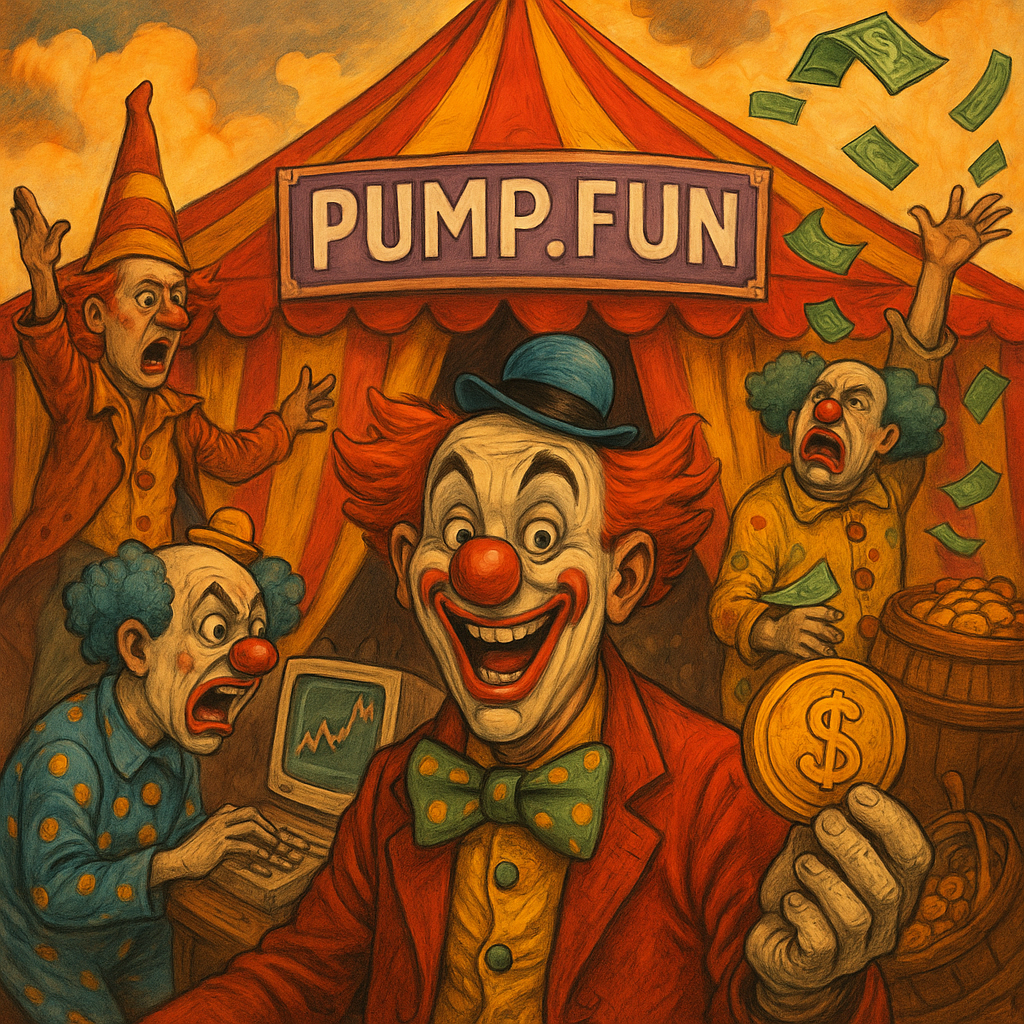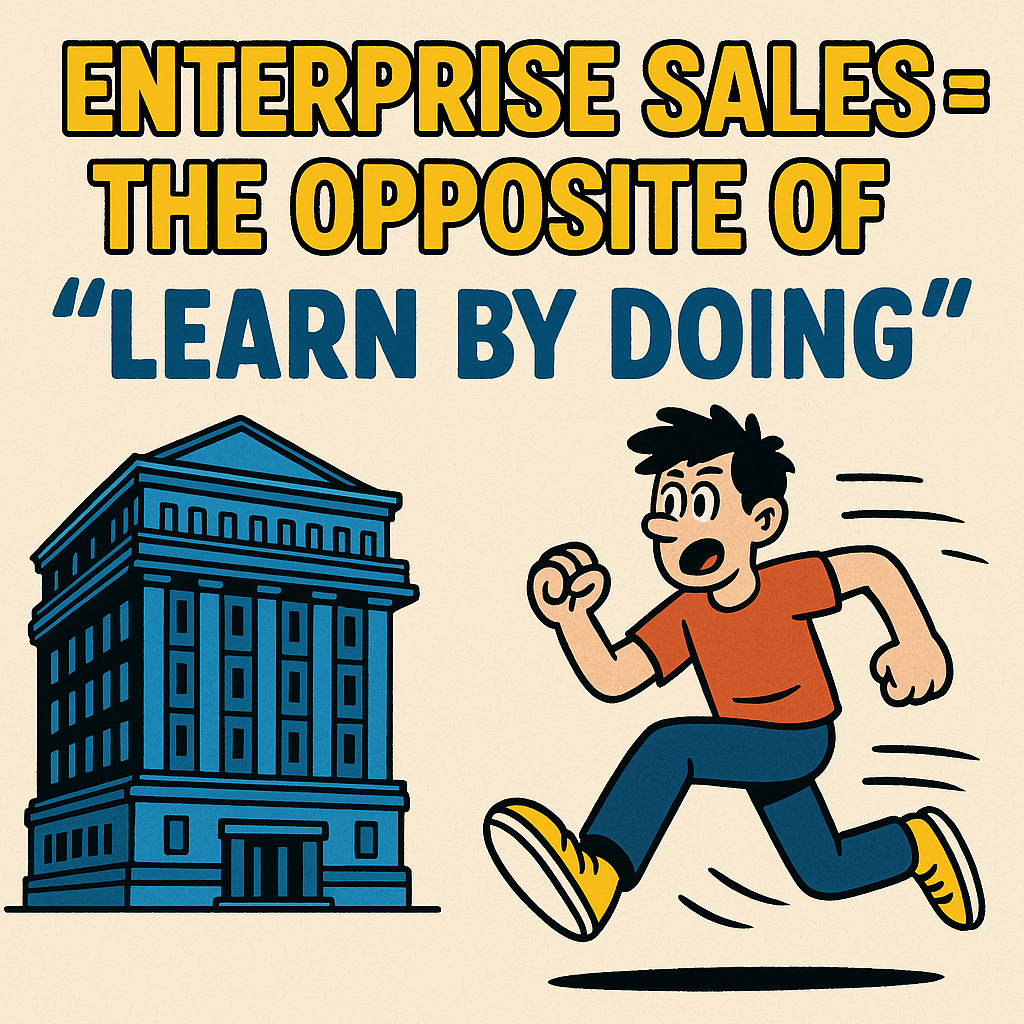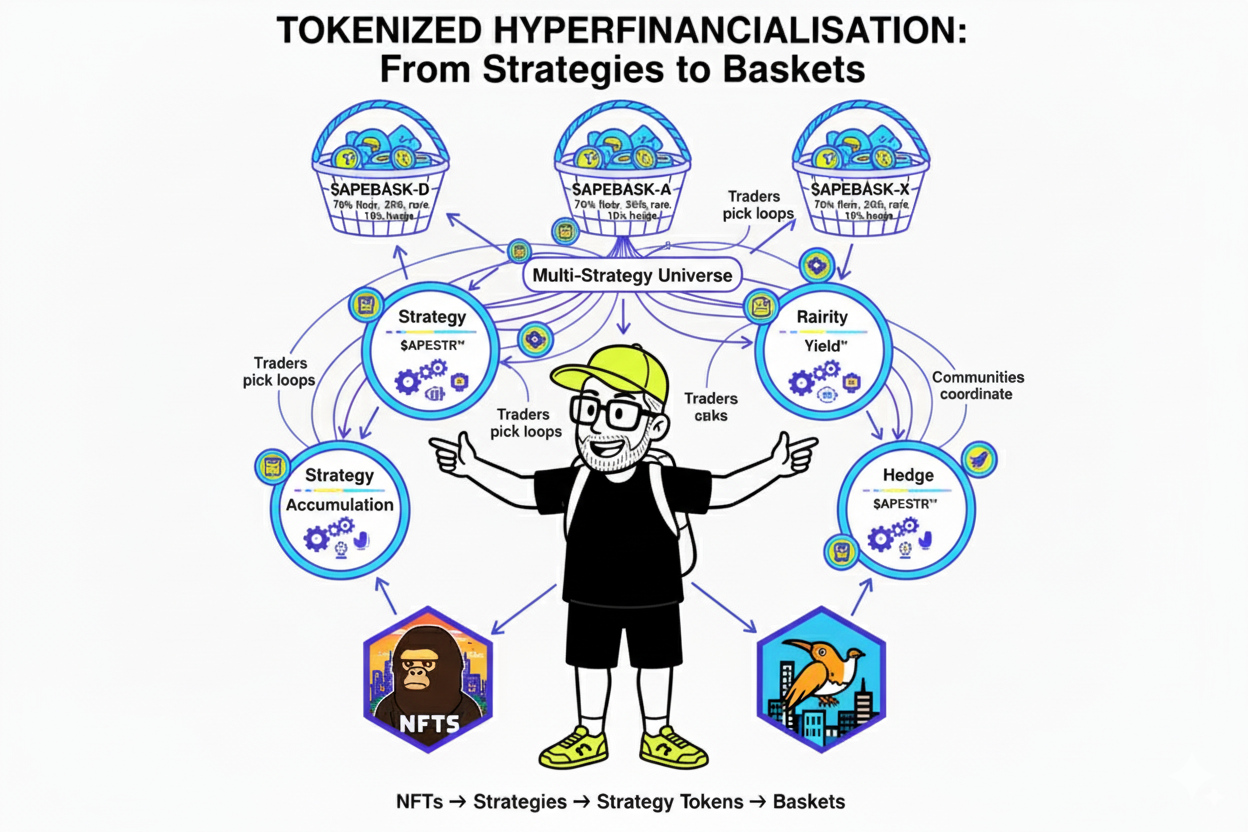I work in digital assets. Not the meme-casino corner, but the part of the industry where you spend months preparing compliance manuals, running audits, hiring legal counsel, and trying to anticipate how MiCA (the EU’s new Markets in Crypto-Assets regulation) will reshape the landscape. For years, regulators have hammered us on investor protection, disclosure standards, custody obligations, anti-money-laundering and compliance.
And then, in plain sight, along comes Pump.fun.
The Numbers That Break the Narrative
Pump.fun isn’t a scrappy experiment. It’s a juggernaut:
- $500–600 million raised in just 12 minutes in its public sale, implying a $4 billion fully diluted valuation.
- An earlier private raise of around $700 million, bringing total raises to $1.2+ billion.
- Only ~12–15% of the token supply was available to the public. The rest? Insiders, investors, team allocations.
- Revenues reported near $800 million to date.
On paper, this is unicorn territory — numbers most serious, regulated businesses could only dream of.
Who’s Behind the Curtain
Pump.fun isn’t some anonymous forum project. It’s professionally backed: Wintermute, 6th Man Ventures, Big Brain Holdings, HyperChain Capital, Mechanism Capital. The founders — Noah Tweedale, Alon Cohen, Dylan Kerler — didn’t stumble into this by accident. They engineered a platform where speculation is gamified, fees are monetized at every step, and hype is the engine.
MiCA vs. The Circus
Here’s where the frustration sets in. Under MiCA, launching a regulated token in the EU means:
- Whitepaper obligations (detailed disclosures, audited technicals, risk warnings).
- Capital requirements for service providers.
- Custody and safeguarding rules for client assets.
- Market abuse oversight (yes, even for crypto).
The spirit is clear: create trust, reduce systemic risk, bring crypto closer to financial services.
Meanwhile, Pump.fun operates with none of it. No disclosures. No meaningful investor protections. No transparency around allocations. And yet it rockets to billion-dollar valuations in minutes — while those of us in the regulated trenches bleed cash just staying compliant.
Why This Matters
- Regulatory asymmetry. The more serious players comply, the more cost they bear — while platforms like Pump.fun thrive outside the net. That’s not just unfair, it’s destabilizing.
- Reputational spillover. Every collapse of a meme token on Pump.fun undermines public trust in the entire digital asset space, regulated or not. MiCA can’t fix reputational contagion.
- Investor harm. At least in casinos, odds are disclosed and regulators oversee fairness. Pump.fun is structured so insiders win and retail loses, without any duty of care.
- Regulators’ silence. Europe shouts about MiCA, the U.S. wages war via enforcement — but nobody touches Pump.fun. The message is clear: circus-style speculation is fine, but building responsibly is a gauntlet.
A Mirror, and a Warning
Pump.fun is not just another platform. It’s a mirror of what happens when regulation is unevenly applied and enforcement is reactive rather than proactive. It thrives because it’s too absurd to categorize neatly: not quite gambling, not quite securities, not quite exchanges.
But the consequences are real. Money is lost, trust erodes, and serious operators are left explaining to regulators why they aren’t like Pump.fun — even as Pump.fun becomes the cultural reference point for “crypto.”
Conclusion
For those of us building under MiCA, SEC oversight, or similar frameworks, the Pump.fun phenomenon isn’t just frustrating — it’s existential. It shows that billion-dollar valuations can be minted overnight on speculation, while compliance-driven projects grind uphill.
If regulators don’t close this gap, they risk creating a market where the clowns run the circus — and the ringmasters, the ones trying to build sustainable, regulated, investor-protective systems, are left performing to an empty tent.




